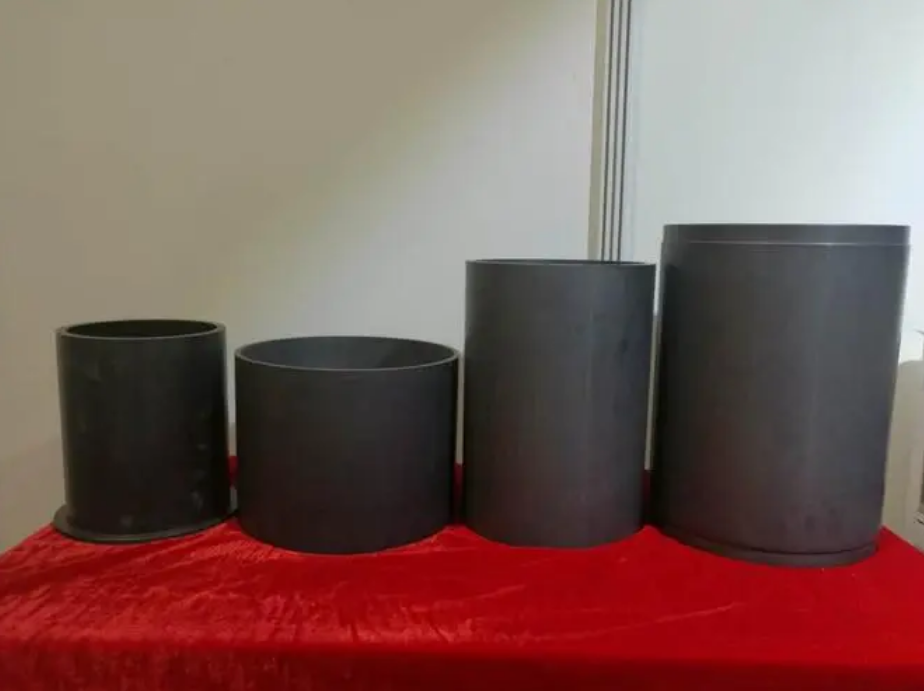Reaction-sintered silicon carbide (RBSiC) ceramics have gained significant attention due to their excellent mechanical, thermal, and chemical properties. However, the occurrence of cracking in RBSiC ceramics remains a challenge that limits their widespread application. This article aims to analyze the various causes of cracking in RBSiC ceramics and propose potential solutions to mitigate this issue.

1. Silicon Carbide Cracking:
Silicon carbide (SiC) cracking is a common problem observed in RBSiC ceramics. The cracking can occur during the manufacturing process or under operational conditions. The primary causes of SiC cracking include:
a) Thermal Stress: Rapid cooling or heating during the manufacturing process can create thermal stress, leading to cracking. Proper temperature control and gradual cooling techniques can minimize this issue.
b) Inadequate Sintering: Insufficient sintering time or temperature can result in incomplete bonding between SiC particles, leading to weak interfaces and crack propagation. Optimizing the sintering parameters can enhance the densification and reduce cracking.
c) Residual Stresses: Residual stresses can develop within the RBSiC ceramics due to the difference in coefficients of thermal expansion between the SiC particles and the bonding phase. These stresses can cause cracking during cooling or under external loading conditions. By carefully selecting the bonding phase and adjusting the sintering conditions, residual stresses can be minimized.
2. Reaction-Bonded Silicon Carbide Cracking:
Reaction-bonded silicon carbide (RBSC) is a subtype of RBSiC ceramics and is particularly susceptible to cracking due to its unique manufacturing process. The primary causes of RBSC cracking include:
a) Incomplete Reaction: Insufficient infiltration of the molten silicon into the SiC preform can result in incomplete reaction bonding. This inadequate bonding can weaken the structure and lead to cracking. Optimizing the infiltration parameters and ensuring uniform infiltration can improve the reaction bonding quality.
b) Thermal Incompatibility: RBSC ceramics often consist of SiC particles and a silicon phase. The difference in thermal expansion coefficients between these components can generate significant thermal stress during cooling or heating, leading to cracking. Incorporating additives or controlling the silicon phase content can help reduce thermal incompatibility and minimize cracking.
c) Microstructural Defects: Non-uniform distribution of SiC particles or the presence of impurities can act as stress concentrators, promoting crack initiation and propagation. Strict quality control measures and proper material processing can minimize the occurrence of microstructural defects.
Cracking in reaction-sintered silicon carbide ceramics, including both SiC cracking and RBSC cracking, can be attributed to factors such as thermal stress, inadequate sintering, residual stresses, incomplete reaction bonding, thermal incompatibility, and microstructural defects. By understanding these causes, manufacturers and researchers can develop strategies to optimize the manufacturing process, improve material quality, and enhance the overall performance of RBSiC ceramics.












